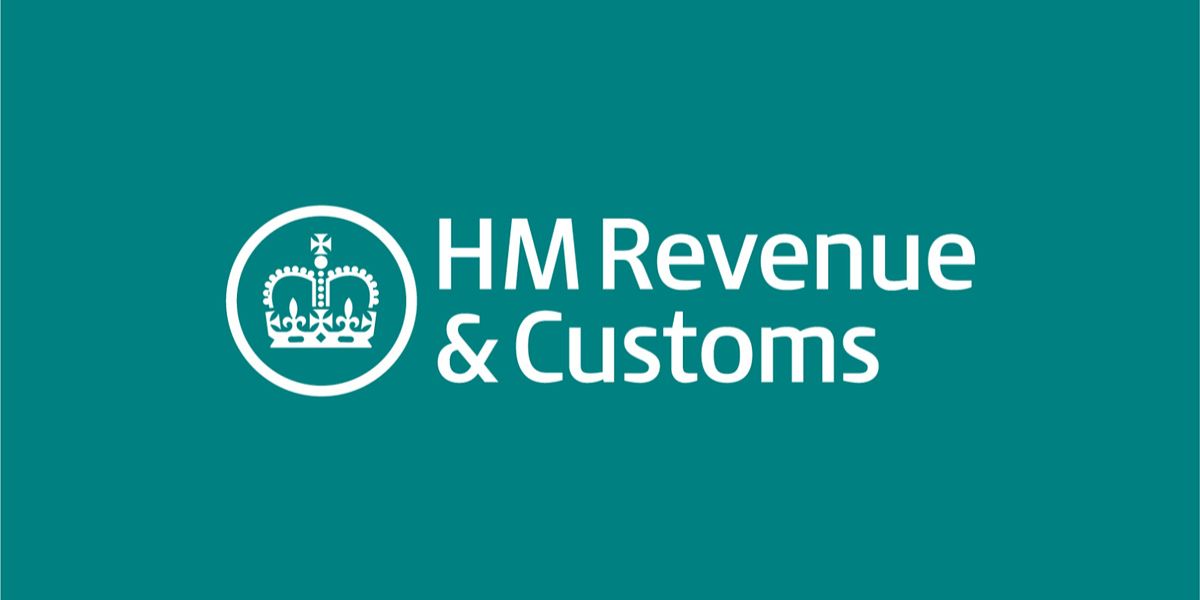It was reported on 28 June 2021 that the UK tax authority HMRC has begun around 13,000 investigations concerning the use of the UK coronavirus business support schemes. The investigations relate to fraud and other breaches of rules. It is considered that the number of investigations could increase further in the next few years.
The investigations by HMRC concern the use of the UK government’s furlough programme, the self-employment income support scheme and the “eat out to help out” measure to support restaurants.
Furlough Scheme
Under the Coronavirus Job Retention Scheme, the UK government has been paying 80% of wages of the furloughed staff up to a specified limit, with no mandatory contribution from employers. With effect from 1 July 2021, the benefits available under the scheme will be reduced. The employers will need to pay 10% of wages, and the UK government will pay another 70% of wages up to a specified maximum. So far the scheme has been used by more than one million businesses. The scheme is planned to end on 30 September 2021.
HMRC interventions
The investigations, also referred to as interventions, commenced by HMRC are looking at periods up to 31 March 2021. These types of investigation are undertaken by HMRC to recover funds lost due to fraud, tax avoidance, tax evasion or non-compliance with other laws and regulations.
Currently 12,828 interventions are known to have been launched by HMRC. The majority of these (7,384) involve the furlough scheme, while another 5,020 relate to the scheme for the self-employed (SEISS) and 424 involve the “eat out to help out” scheme that offered financial incentives to encourage people to eat out in restaurants.
Currently around 1,250 staff in the taxpayer protection task force of HMRC are involved in looking at fraud and misreporting in relation to the pandemic business support schemes.
Fraud can be identified by looking at card payments received by a business to assess the scale of activity in the pandemic and comparing this to the claims for furlough relief. This can indicate that staff were continuing to work at the business despite the furlough relief claims. HMRC can also compare claims made under the different relief schemes, for example looking at businesses involved in the “eat out to help out” scheme and look for furlough relief claims by the same business that are inconsistent with this.
















